uST Complex as an Affordable Alternative to the California High-Speed Rail
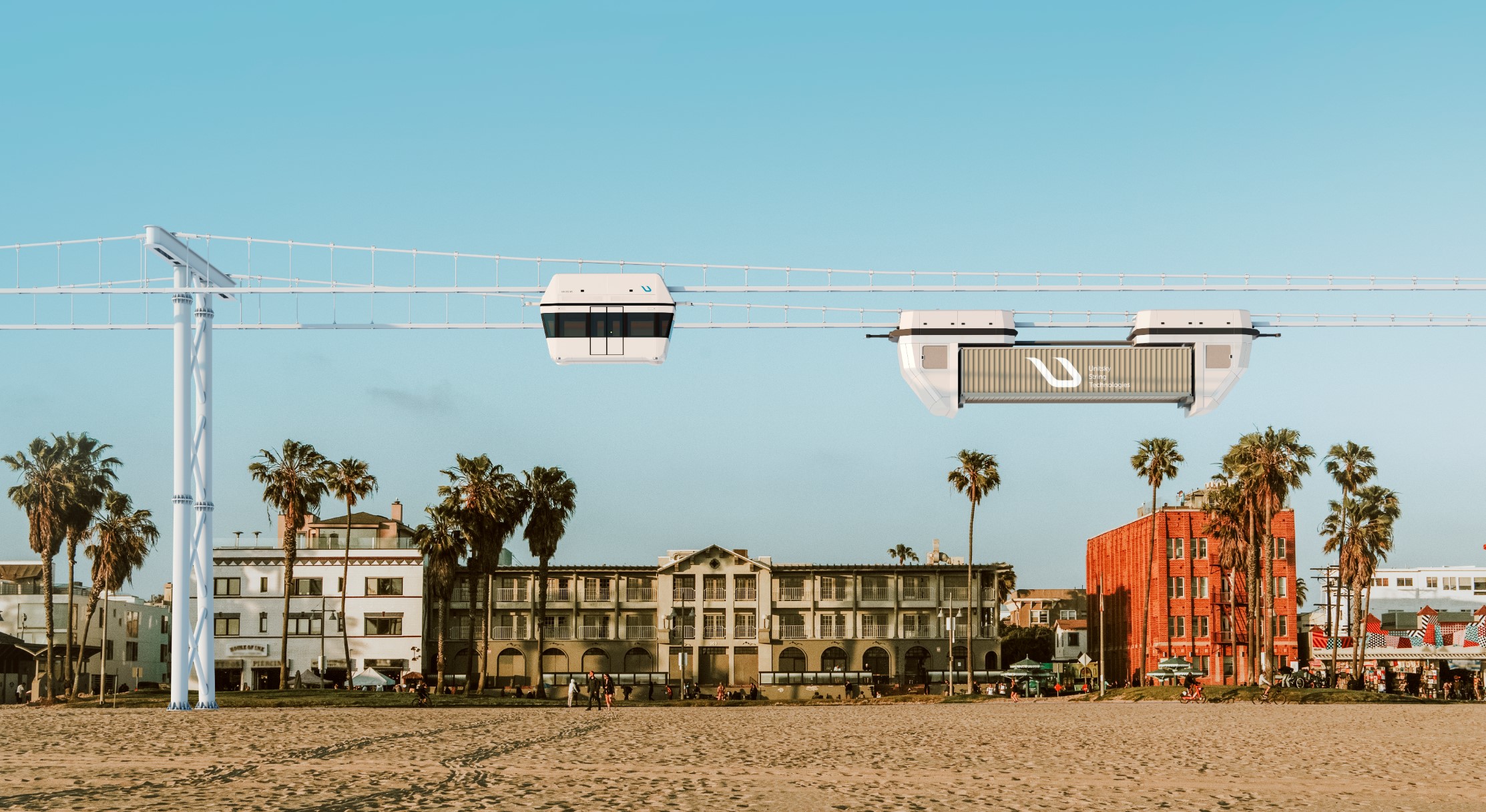
A high-speed railway is under construction in the densely populated state of California. The plan aims to provide fast and eco-friendly passenger transport between the major cities of Los Angeles and San Francisco. However, the project’s implementation is hindered by its high cost – approximately $130 billion. Additionally, the completion timeline is impressive, stretching into the mid-21st century. Notably, the uST transport and infrastructure complexes could address these challenges at a significantly lower cost. Let’s explore why.
620 km and Over a Dozen Hours
Today, traveling the nearly 620-kilometer distance between Los Angeles and San Francisco can be done by car or bus, taking approximately 6-8 hours. An environmentally unfriendly airplane can cover the distance in an average of one and a half hours, but this does not account for the time spent traveling to and from the airport and going through pre-flight procedures. A train journey takes nearly 11 hours and operates only once a day, as existing railway lines are occupied by slow freight trains.
In theory, a high-speed rail system would enable travelers to get from one metropolis to another in less than 3 hours. It would also reduce СО2 emissions by decreasing the number of vehicles on the roads and the number of air flights. But how realistic is such a project?

Costly and Very Time-Consuming
Construction of the high-speed rail began in 2015, and engineers immediately faced unforeseen challenges. Firstly, they decided to route the railway not along the Pacific coast but in the middle of the state, where development is less dense. This increased the length of the route. Secondly, acquiring land from local farmers proved difficult, as they were not always cooperative and often resorted to legal action, insisting on selling entire plots rather than just the land needed for the railway. Thirdly, the route is being constructed in a seismically active area, which necessitates more complex and expensive engineering solutions for safety.
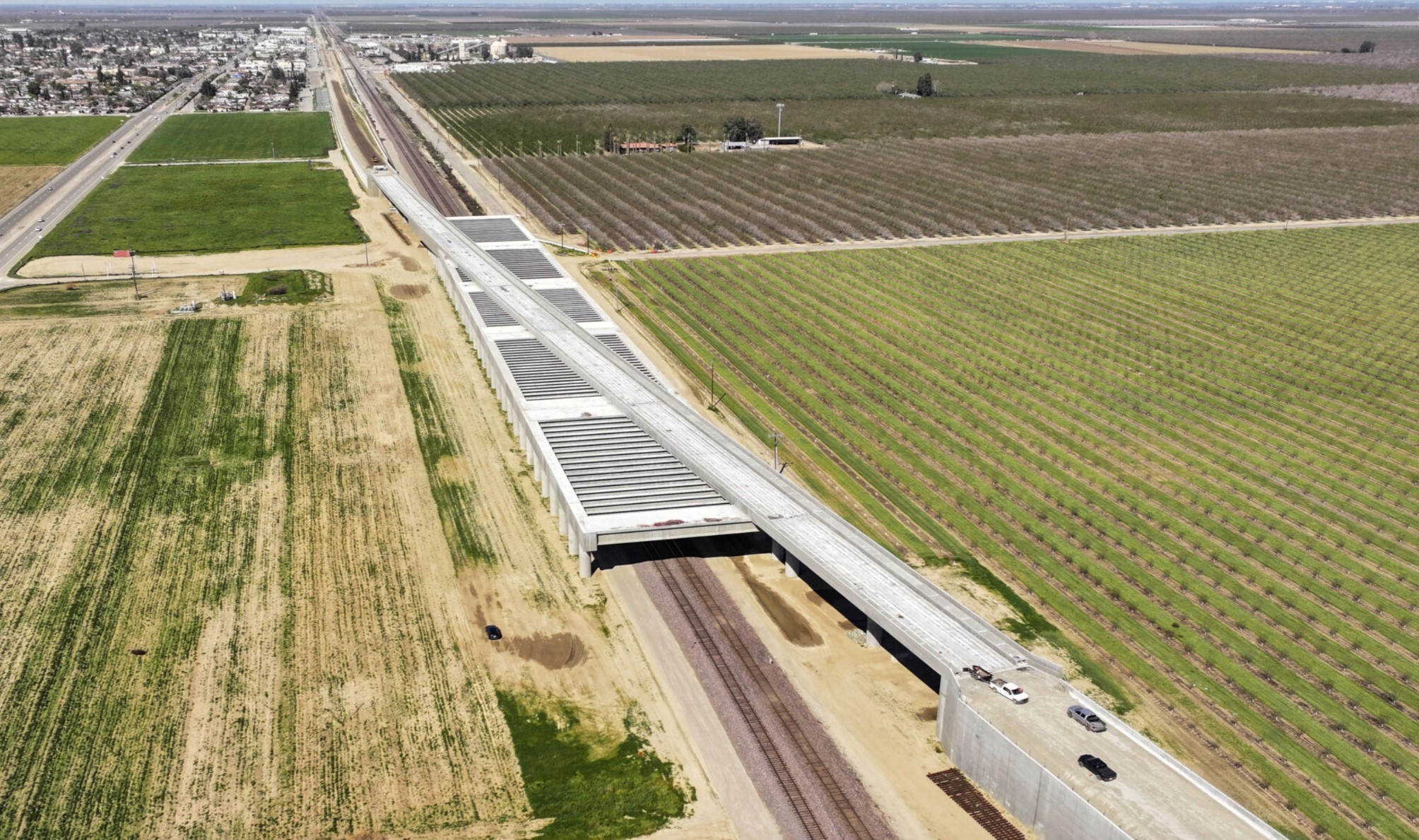
All these factors have driven up the costs of building the high-speed rail. While initial estimates for construction were around $40 billion, now the sum has grown to $130 billion. The project’s cost has tripled, even by the most conservative estimates!
The construction timeline has also been extended. According to the latest data, the first segment of the railway, measuring 275 km, is expected to be completed by the early 2030s, while the entire high-speed rail system may not be finished until the middle of the century, at best. Californians are already questioning the feasibility of this project, and further funding is in doubt.
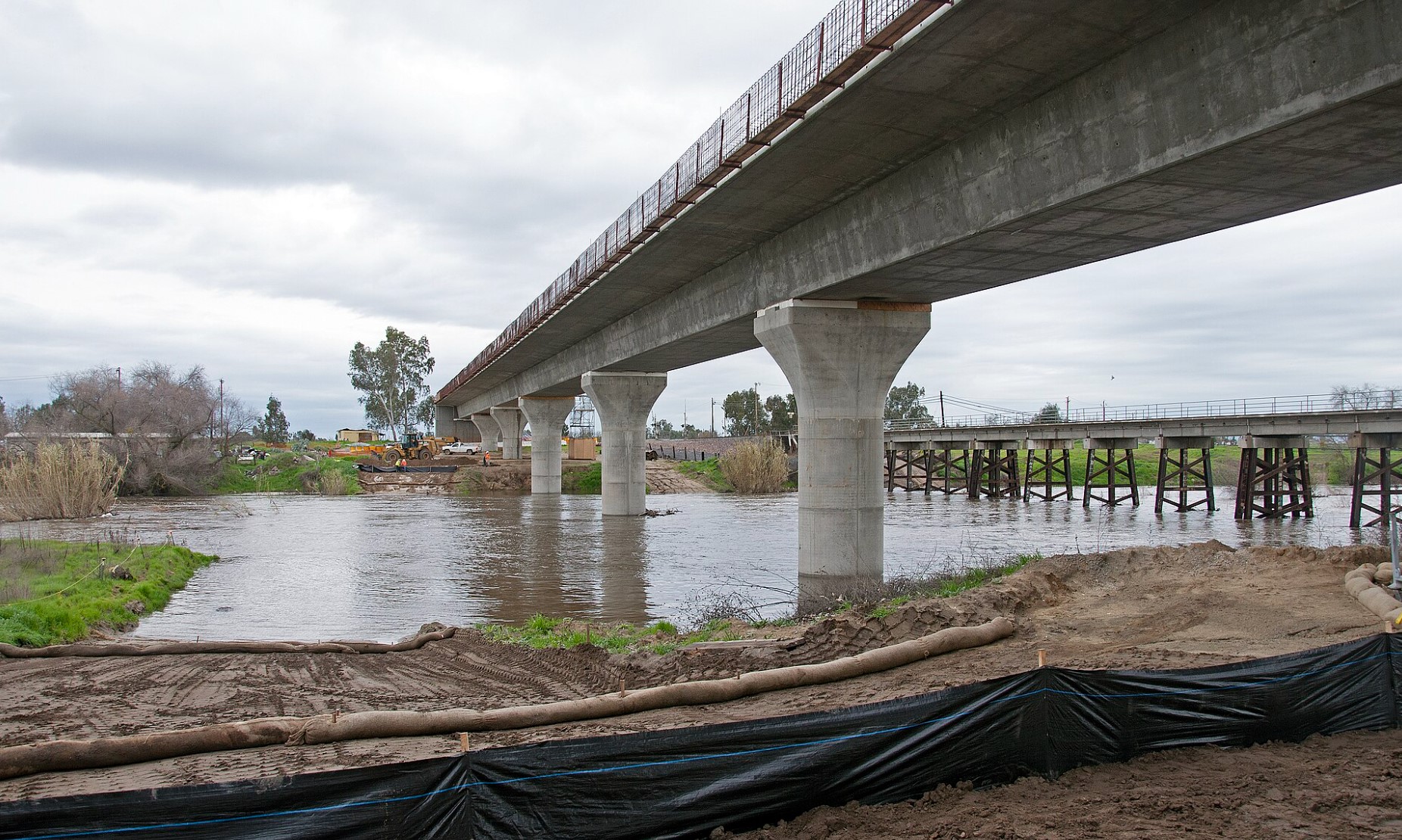
High Speed Without High Costs
Is there a solution that meets the emerging demand but is less costly? Such transportation options are offered by Unitsky String Technologies Inc. In the uST high-speed complexes, unmanned electric vehicles on steel wheels (uPods) can transport passengers at speeds of up to 500 km/h – faster than the planned high-speed rail. Moreover, uST complexes are equally convenient and eco-friendly, but their implementation costs will be significantly lower. The cost of construction of 1km of uST transport overpass will be about $10 million. There are several reasons for this.
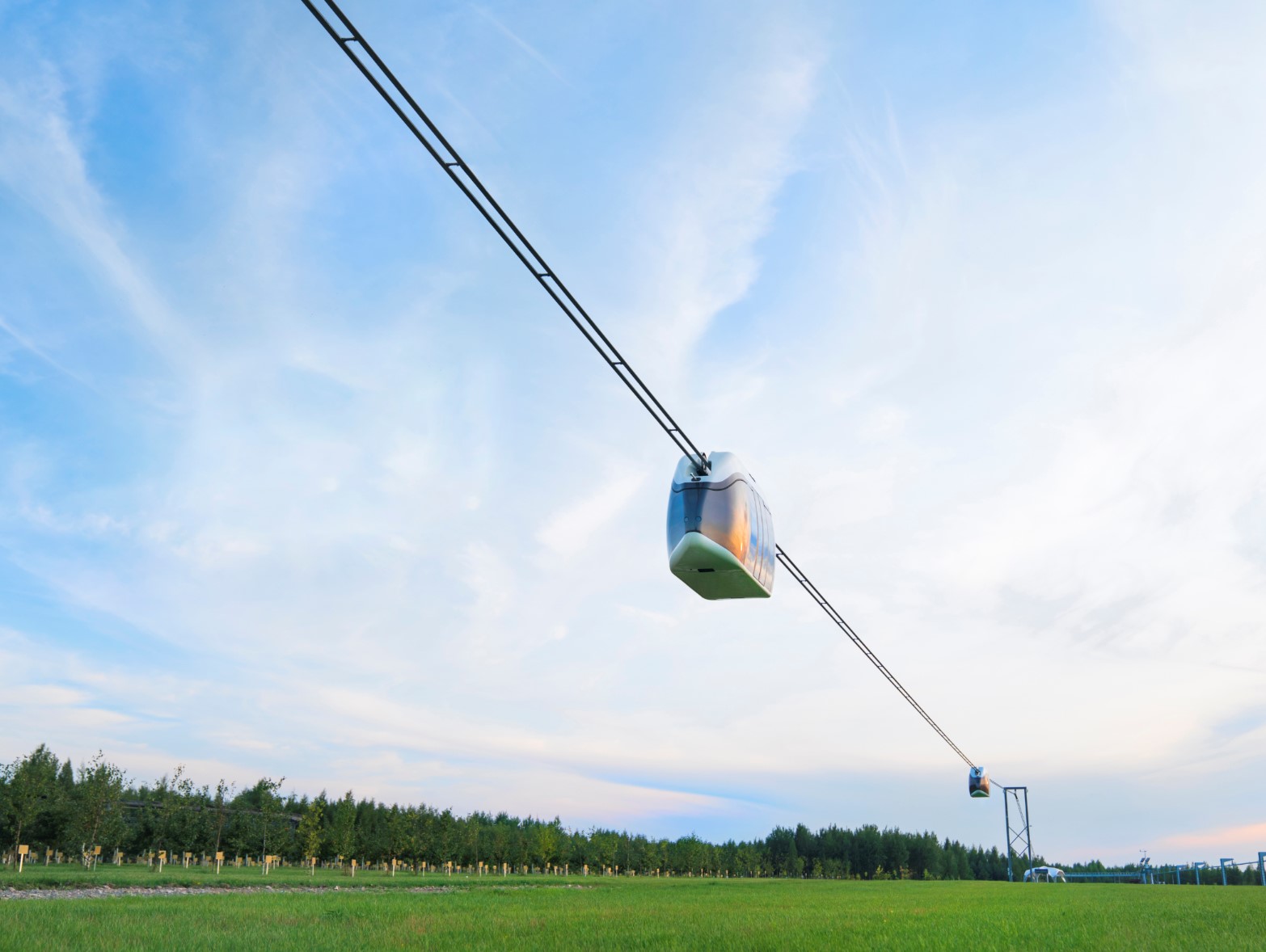
The uST complex requires minimal land allocation – only for the track structure supports, which can be spaced several kilometers apart. There will be no need to acquire large land plots for the construction of the route.
The uST solution features low material intensity in its designs and does not require the construction of bridges, interchanges, or drainage structures. This not only reduces construction costs but also shortens the timeline for completion.

uST complexes can be easily integrated into densely populated urban areas. The elevated string rail track structure can run above residential and industrial buildings, roads, green spaces, and waterways, following the shortest route. There will be no need to extend the length of the route, which means construction costs will not rise.
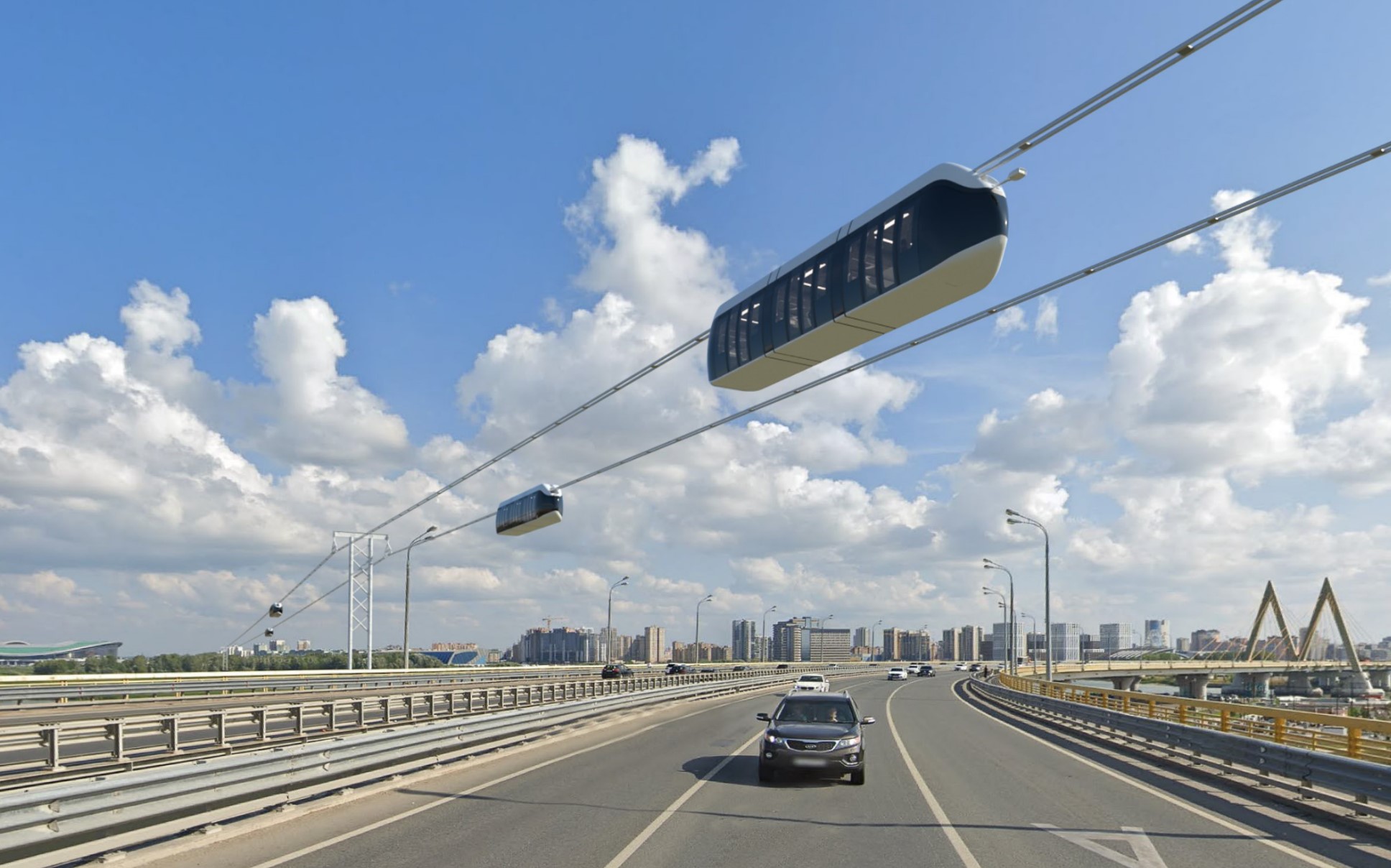
The uST solution is suitable for regions with high seismic activity. The string rail overpass is maximally resistant to earthquakes due to its prestressed strings. The supports can be installed on almost any terrain without complicating existing engineering solutions or requiring massive foundations.
As we can see, launching high-speed transportation in California is quite feasible without unprecedented financial investments. The high-speed solutions from UST Inc. allow for the establishment of fast, eco-friendly, and safe transport over any distance along the shortest route, without requiring substantial material or time resources.
More news
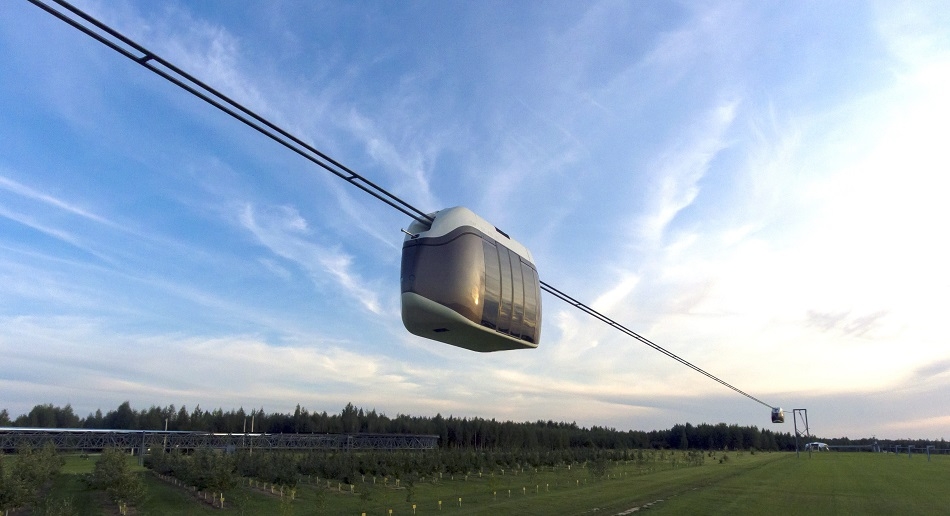
News
8 October 2025
Transport Bridges and uST String Rail Complexes as Alternatives
We analyze traditional engineering solutions for transport crossings and compare them with uST complexes.
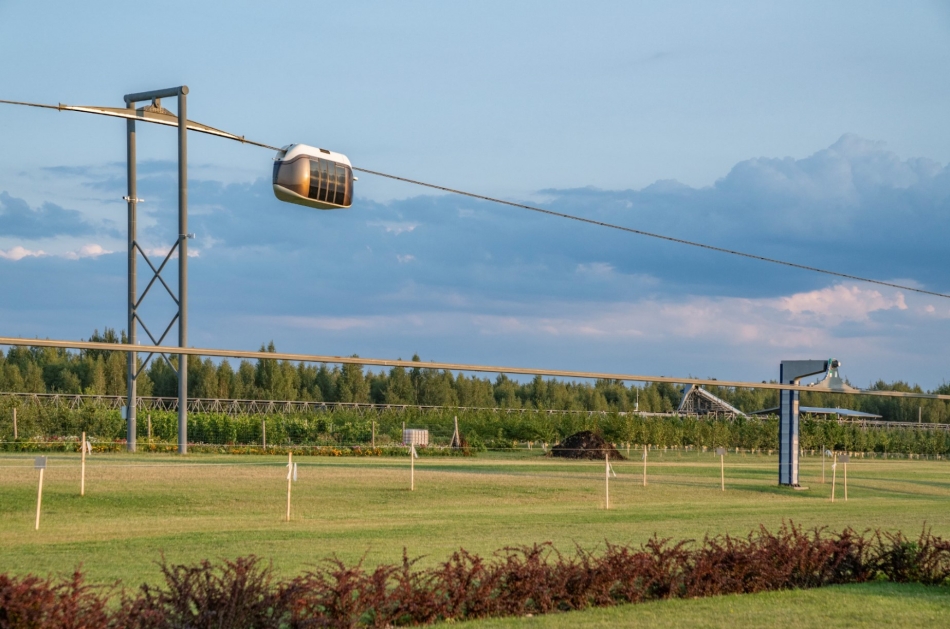
Blog
11 April 2025
String Rail Overpasses at EcoTechnoPark: Developments for Solving Any Logistical Problems
At EcoTechnoPark, the key track structures, that prove their effectiveness during testing, are presented.
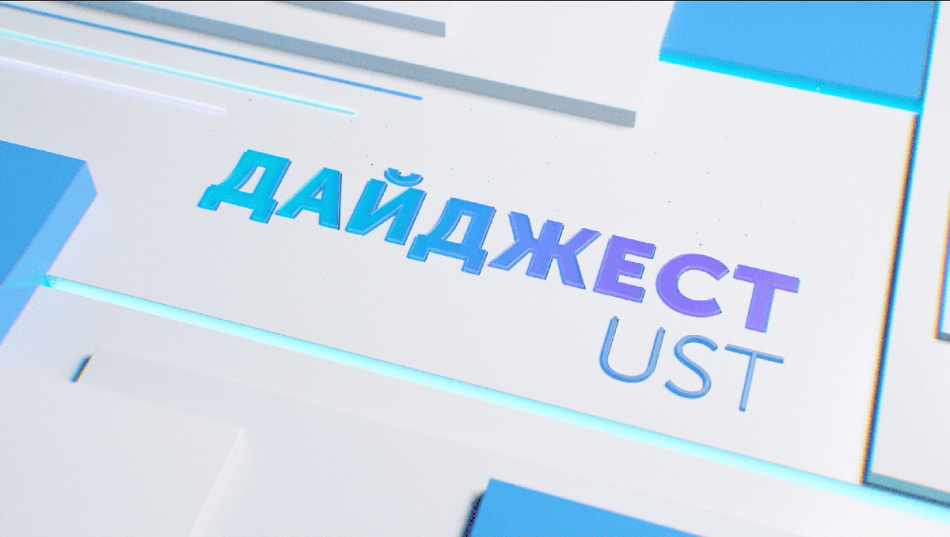
News
26 Junе 2025
UST Digest: New Contracts, Records, and Projects
Among the highlights are a contract for the construction of a string rail transport complex in Nepal, a new phase in the certification of the Karat complex, and a speed record of 120 km/h by the uBus U4-212.

